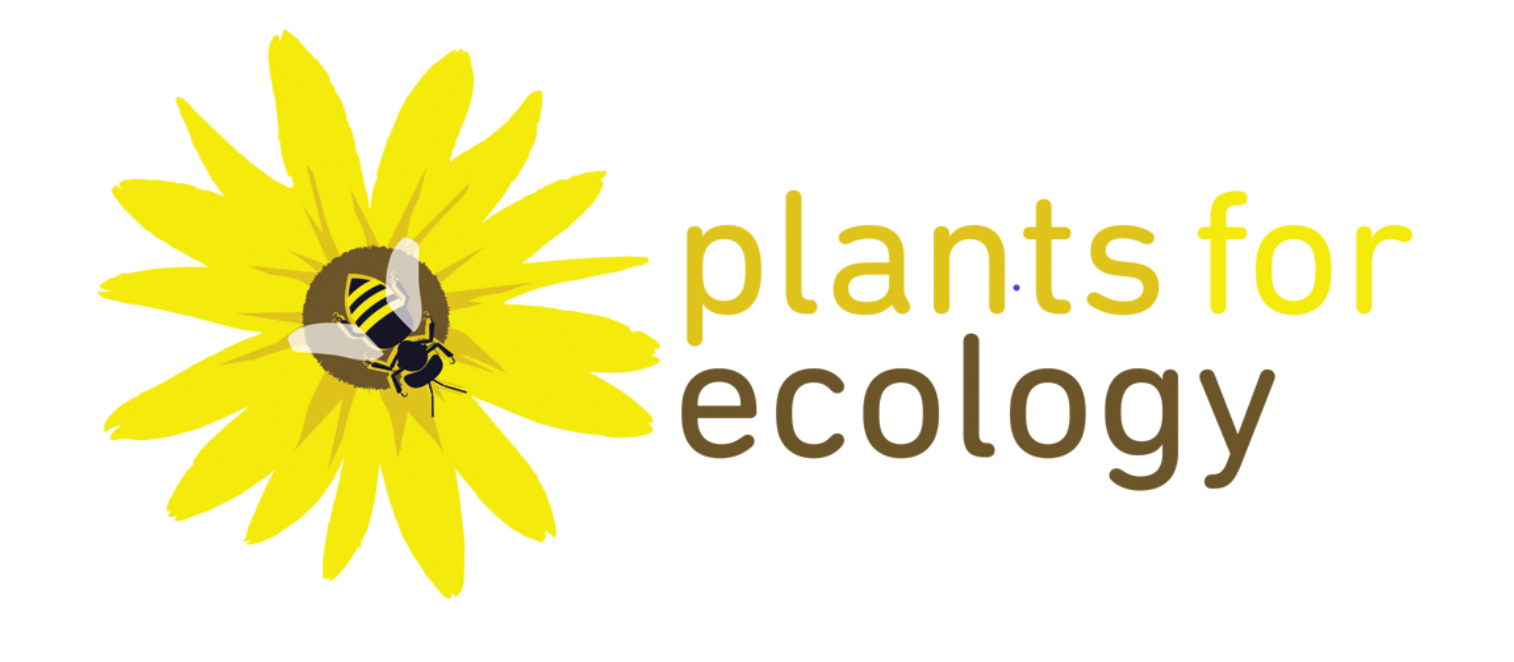Brown Bay
Brown Bay
I just took some needed time off in St. John which is part of the US Virgin Islands. Orientation on this island is largely based on the bays with the main ports being Cruz Bay on the western end of the Island and Coral on the east. We have tended to stay in Coral Bay which is very much laid back compared to the bustle of commercial Cruz Bay. 80% of the Island is a national park which means that a certain degree of emphasis is placed on conservation, but there is very much a commercial aspect to life ,placing a tremendous amount of development pressures on nature. Salient issues are waste (sewage and trash) tourist activities and construction which can cause habitat loss and eco-system degradation. Some areas like Brown Bay are harder to access by land and have natural features that also prevent entry by water. This has the effect of blunting some of the bigger development pressures mentioned above. Having such a simple name hides the fact that this space is nothing short of a marvel.
Reading some of the reviews on Google, one may think that there is not much to see or do. There are no bathrooms nor running water. If you are looking for a resort bar with fancy drinks and candy snacks, you will be disappointed. No where to charge your phone unless you have a solar charger, no umbrellas and certainly no obnoxious music. Just the bay. Some reviews complained of a smell or that the water was shallow so harder to swim. To be fair to our Google reviews, there were some posts that were very positive, especially those pointing out the quietness, beauty and solitude. Brown Bay is not a place that exists to cater to the needs of the casual human tourist, rather it is a place that offers nature a refuge and us a peek or reminder of what that means.
The trail to the bay takes you through the upland forest, a mix of trees, cacti, plants and shrubs that is heavy with thorns, hermit crabs, small lizards and various songbirds. Given the island’s historical role in international trade, the migration of people, its geographic location, colonization and now international tourism, these forests are likely a hodgepodge of native and non-native flora and the corresponding native and non-native fauna. As the trail moves you through the hilly terrain, it drops you off at the mangrove forest that surrounds the bay and acts as a living bulwark between the sea and the land. A short walk through takes you to the beach, which is mostly sand but there exists notable areas of beach grass that supplement the yeoman’s task of the mangroves and the forests above. We were greeted by lapping water and a Brown Pelican taking advantage of the readily available food sources and the almost complete lack of distraction. We quietly watched as it dove into the shallow waters and later perched on a nearby snag. It was amazing to observe but hard not to worry that human encroachment may make such encounters more the rarer.
As we walked in the warm waters of the shallows, you could see the sandy bottom punctuated by large swathes of undulating sea grasses which are home to numerous fish species, crabs and the slow but steady conchs that are widespread throughout the bay. Most folks will only know conchs as a food served on a plate while here in this bay they exist in their own right and under their own agency. The sea grass operates as a nursery, a food source and a hunting ground, and, importantly, it also anchors the sea floor, stabilizes sediment and cuts the turbidity of the water. It functions not only as a protector of the coral reef but also of the beach itself, preventing erosion and blunting the forces of the sea.
Snorkeling along the west shore of the bay, we found brilliant coral displays with the Purple Sea Fans in such abundance and vitality. So many fish. So many different colors and shapes. Sea Urchins in every crevice. This is such a different world from the terrestrial space we inhabit which makes even these brief and basic encounters so incredible. It is a gift to see this world and to recognize that even in its difference we are still connected in meaningful and intrinsic ways.
Seeing the world as a hierarchy gives rise to superiority and domination; it also gives rise to ownership which is just a different way of saying dominion. Understanding the world in such a manner allows for the abuse of everything considered inferior, including each other. It allows us to take away another being’s right to exist and to thrive. Brown Bay is special not because we control it, but because some of our authority has been removed. We enter this space as a part of the whole and not as the master. That is a different worldview entirely. I am fearful that not only will Brown Bay go away but also our understanding of what such a place represents. So many more “reminders” are needed to bring us out of our insulated constructs and overwhelming self-importance. We run roughshod over the world without stopping long enough to do things differently.
We witnessed a conch slowly traverse maybe 50 feet in the shallow waters of the bay. The miracle is not that it travelled that distance but in its choice to do so and in it’s very existence.
